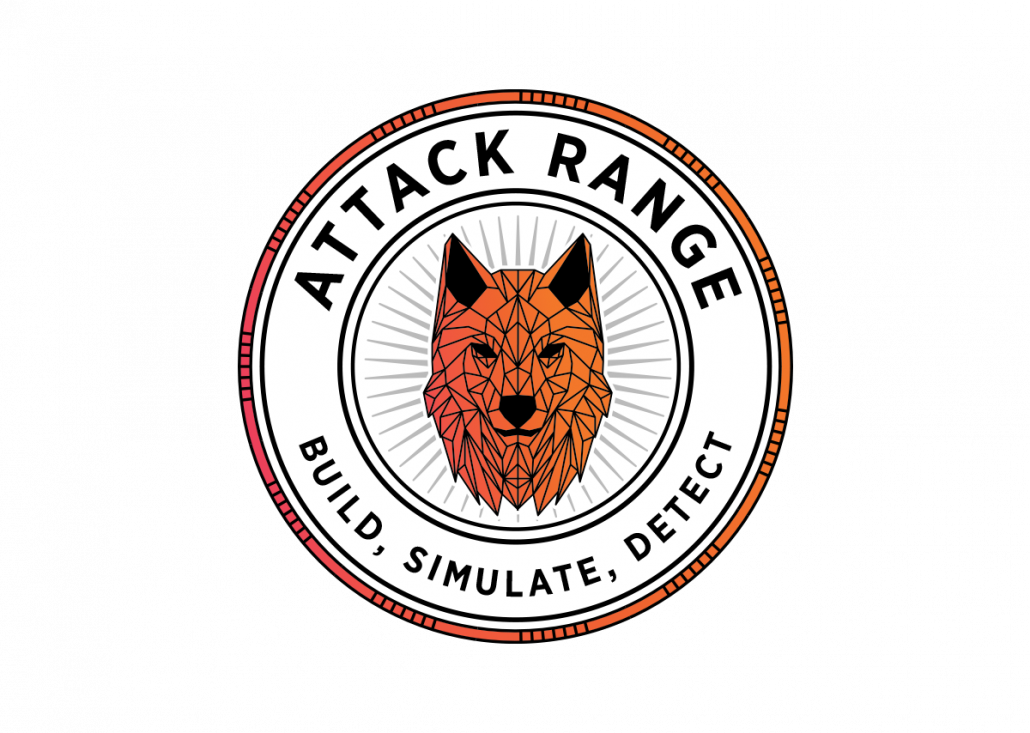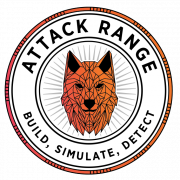Save Time and Improve your Security Posture with Splunk Attack Range
The security posture of organizations is one of the most important factors year after year when it comes to defining internal strategies.
“Global cyberattacks increased by 38% in 2022 compared to 2021, with an average of 1168 weekly attacks per organization”
~ Check Point Research
The quote from Check Point Research above illustrates where the future trend of cybersecurity is headed and the challenges that organizations must face. However, anticipating and preparing the system defenses to evade and mitigate these attacks is not an easy task. From defining response and incident strategies to preparing work teams and configuring monitoring systems, it can all be a challenge.
Your core business is not to detect and mitigate security attacks, but is this essential to the achievement of your objectives? Have you ever wondered how you can simulate attacks and detections within a controlled environment to validate the configuration of your detection systems without spending part of your annual security budget? Read on and discover Splunk Attack Range.
What is Splunk Attack Range?
Splunk Attack Range is a tool developed by Splunk Threat Research Team (STRT) to simulate cyber attacks in a controlled environment for the purpose of improving an organization’s security posture. It allows security teams to test and validate their detection and response capabilities against a wide range of attack scenarios and techniques, such as phishing, malware infections, lateral movement, and data exfiltration.
Splunk Attack Range is designed to work with Splunk Enterprise Security, which is a security information and event management (SIEM) solution, and includes pre-built attack scenarios that are aligned with the MITRE ATT&CK framework, these ones can be customized to simulate the specific threats and vulnerabilities that are relevant to an organization’s environment.

Where can I get Attack Range?
The STRT and the Splunk community are maintaining the project in GitHub.
Is Splunk Attack Range Easy to Deploy?
Yes, it is really straightforward! You can deploy it locally (if you have a powerful machine), on Azure or on AWS. Internally, we use our AWS environment and with a few simple steps, in a matter of minutes, terraform and ansible automatically deploy a complete test lab to validate our customers’ security configurations and optimize the security posture with Splunk’s real-time monitoring. This process allows for a proactive approach to managing security postures with Splunk and saves a lot of time for your Blue Team.
…and now?
Have fun! By merging our Splunk expertise and using these kinds of automation tools, we have been able to speed up our internal testing processes, stay agile and secure with Splunk’s security posture management tool, and transfer this knowledge and configurations on to our customers’ cybersecurity teams.
We strongly encourage you to try this tool. Check out an overview of v1.0, v2.0 and v3.0 in the Splunk blog.

© Discovered Intelligence Inc., 2023. Unauthorised use and/or duplication of this material without express and written permission from this site’s owner is strictly prohibited. Excerpts and links may be used, provided that full and clear credit is given to Discovered Intelligence, with appropriate and specific direction (i.e. a linked URL) to this original content.


